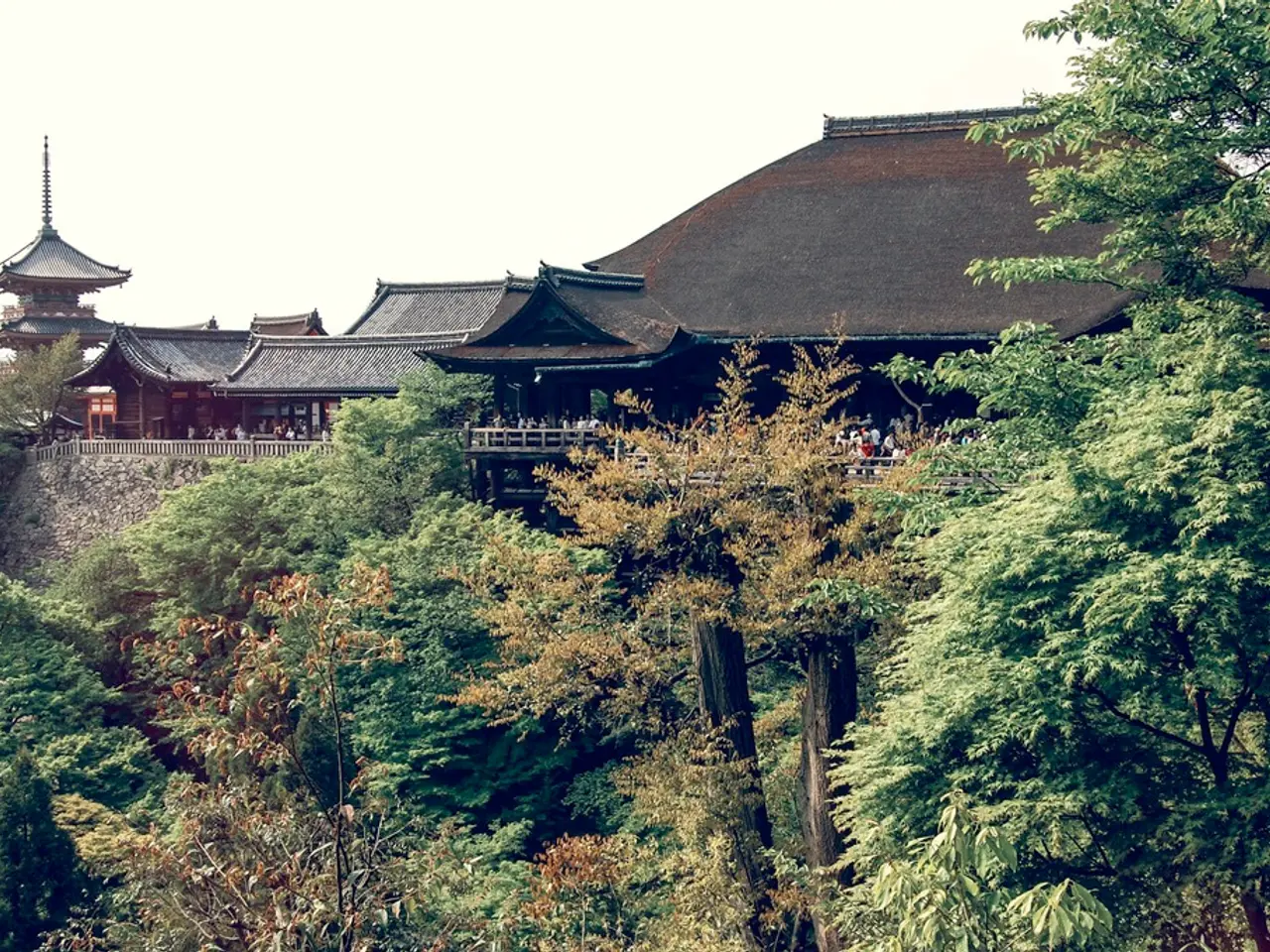Lidar Discoveries Uncover the Clandestine Population Extent of the Ancient Maya Civilization
The ancient Maya civilization, long recognized for its architectural and artistic prowess, is now being reimagined as a highly organized society that extended beyond urban centers and into rural areas. A recent study, which utilizes advanced lidar technology, has shed new light on the Maya's social structure and population size.
Previously, it was believed that the northern Maya Lowlands were predominantly rural, with isolated and disconnected rural settlements. However, the new lidar data paints a different picture, revealing that the northern regions were far more densely populated and urbanized than previously thought. This new understanding challenges earlier notions and provides a clearer picture yet of ancient Maya settlement patterns.
The study reveals that the Maya civilization was structured to a degree that offers hard evidence of advanced social organization. The centralized layout of settlements around public spaces indicates a level of urban planning that was previously underestimated. Furthermore, the findings suggest that the Maya were not only skilled in managing urban centers but also in overseeing rural agricultural production.
The extensive urbanization in the north, coupled with sophisticated agricultural systems managed by elites, indicates that the Maya were capable of sustaining large populations across a vast and varied landscape. This has led to significant increases in population estimates, with the use of lidar technology increasing estimates to as many as 16 million people during the Late Classic Period (A.D. 600–900).
Beyond population size, lidar has revealed that the Maya were far more densely populated and socially complex than previously understood. The technology enables detailed 3D mapping of Maya settlements, uncovering extensive urbanization across both cities and rural areas. This has transformed understanding of the Maya from scattered cities to an integrated civilization with interconnected settlements and sophisticated social hierarchies.
In summary, the use of lidar technology has revolutionized our understanding of the Maya. By uncovering more numerous and extensively organized settlements than earlier visible archaeological surveys, lidar has led to higher population estimates and a clearer picture of complex social organization. The Maya, it seems, were not just skilled builders and artists, but also master planners and agricultural managers, capable of organizing and sustaining a vast and complex society.
[1] A.D. 2021. Lidar Reveals Ancient Maya Civilization Was More Urbanized Than Previously Thought. Science News. https://www.sciencenews.org/article/lidar-mayan-civilization-urbanization-population [2] A.D. 2021. Lidar Reveals Ancient Maya Civilization Was More Urbanized Than Previously Thought. National Geographic. https://www.nationalgeographic.org/news/2021/02/lidar-reveals-ancient-mayan-civilization-was-more-urbanized-than-previously-thought/ [3] A.D. 2021. Lidar Reveals Ancient Maya Civilization Was More Urbanized Than Previously Thought. Smithsonian Magazine. https://www.smithsonianmag.com/smart-news/lidar-reveals-ancient-mayan-civilization-was-more-urbanized-than-previously-thought-180978813/ [4] A.D. 2021. Lidar Reveals Ancient Maya Civilization Was More Urbanized Than Previously Thought. Archaeology.org. https://www.archaeology.org/issues/1021-1022/features/mayan-civilization-urbanization-lidar [5] A.D. 2021. Lidar Reveals Ancient Maya Civilization Was More Urbanized Than Previously Thought. The New York Times. https://www.nytimes.com/2021/02/23/science/mayan-civilization-lidar.html
- The discovery of a highly organized Mayan society, revealed through the use of advanced lidar technology, suggests that they had a profound understanding of both science and technology.
- The Mayan civilization's skills in urban planning, agricultural production management, and the development of sophisticated social hierarchies indicate a level of technological advancement that surpasses mere architectural and artistic prowess.




